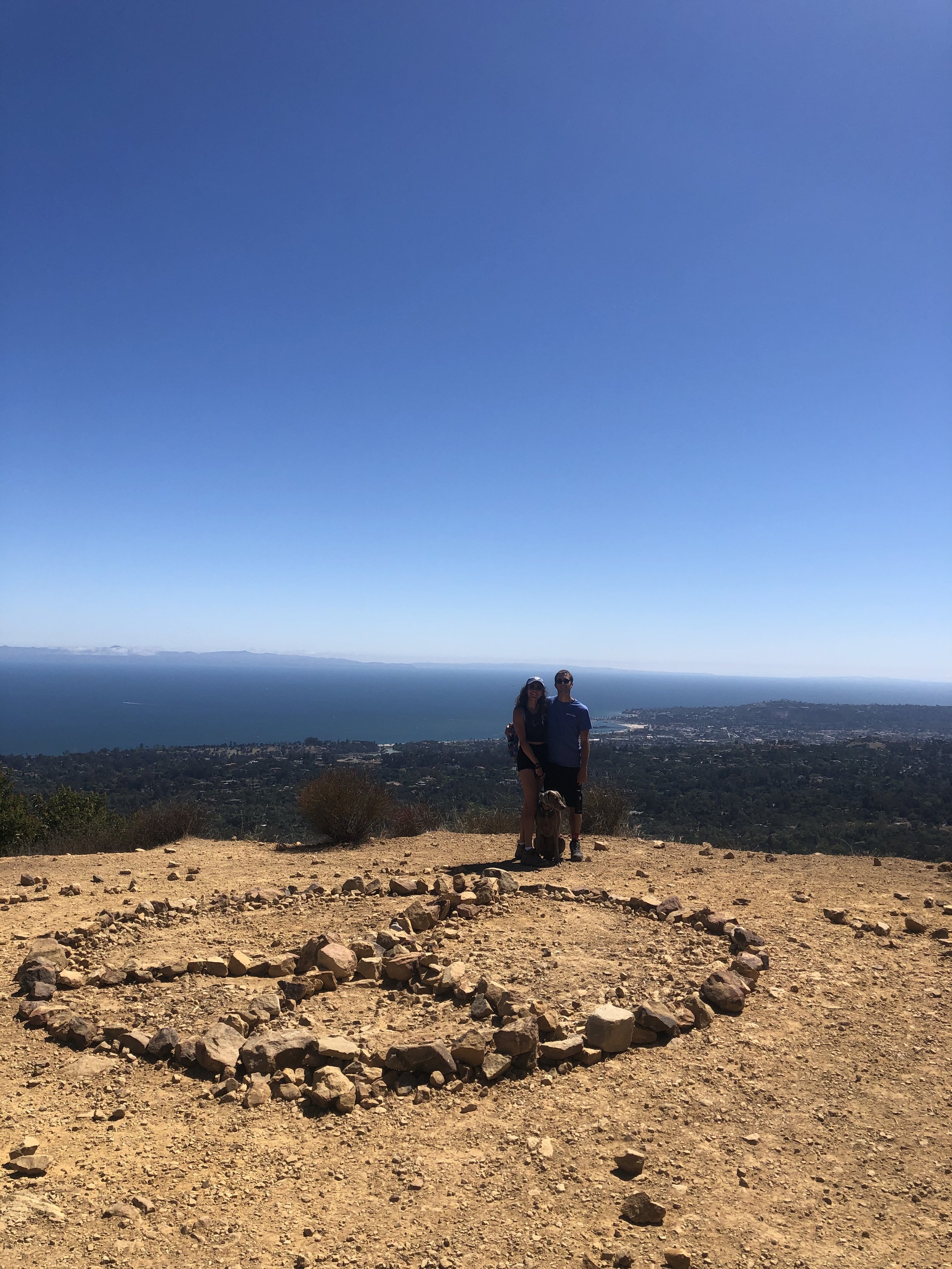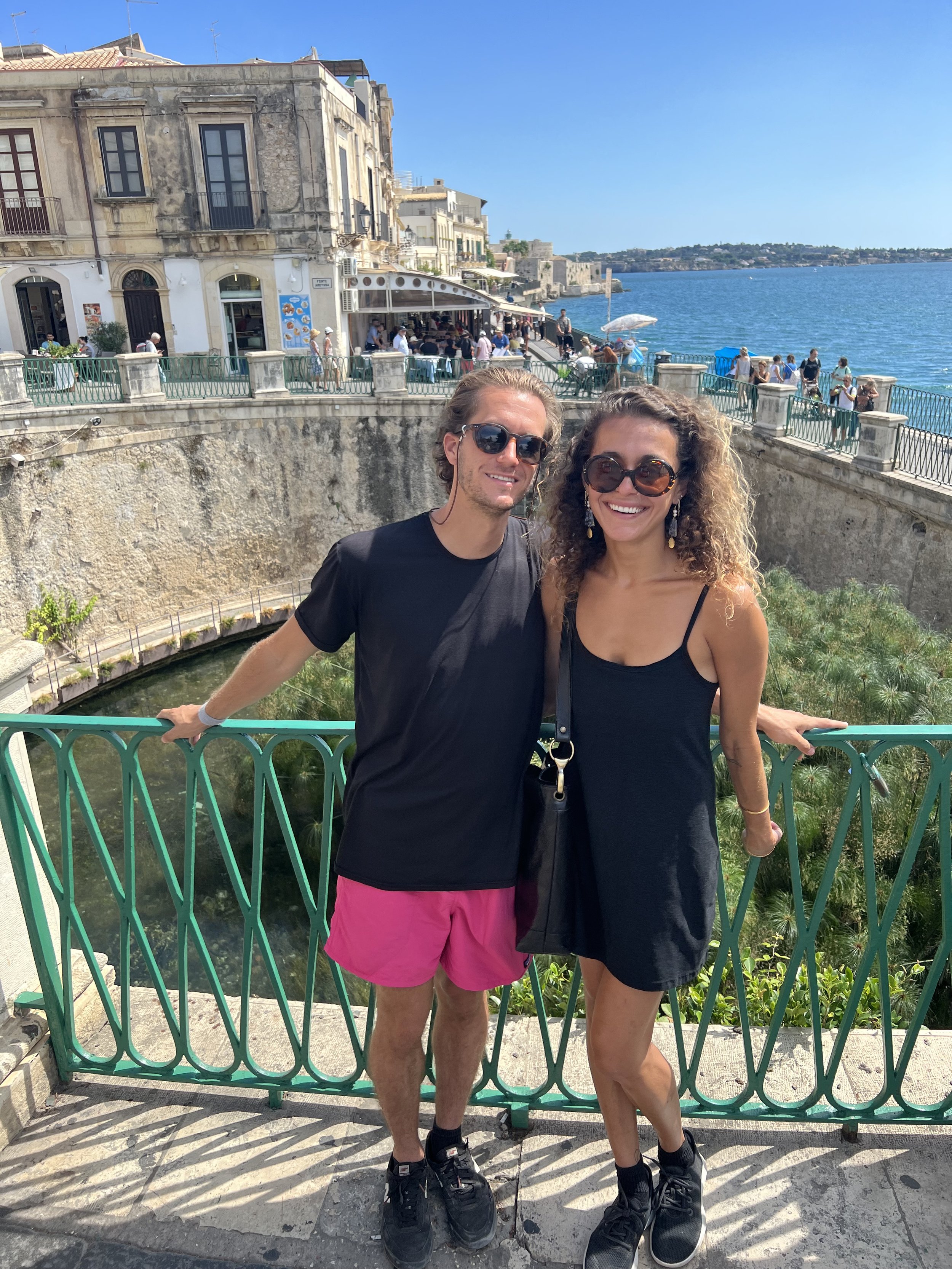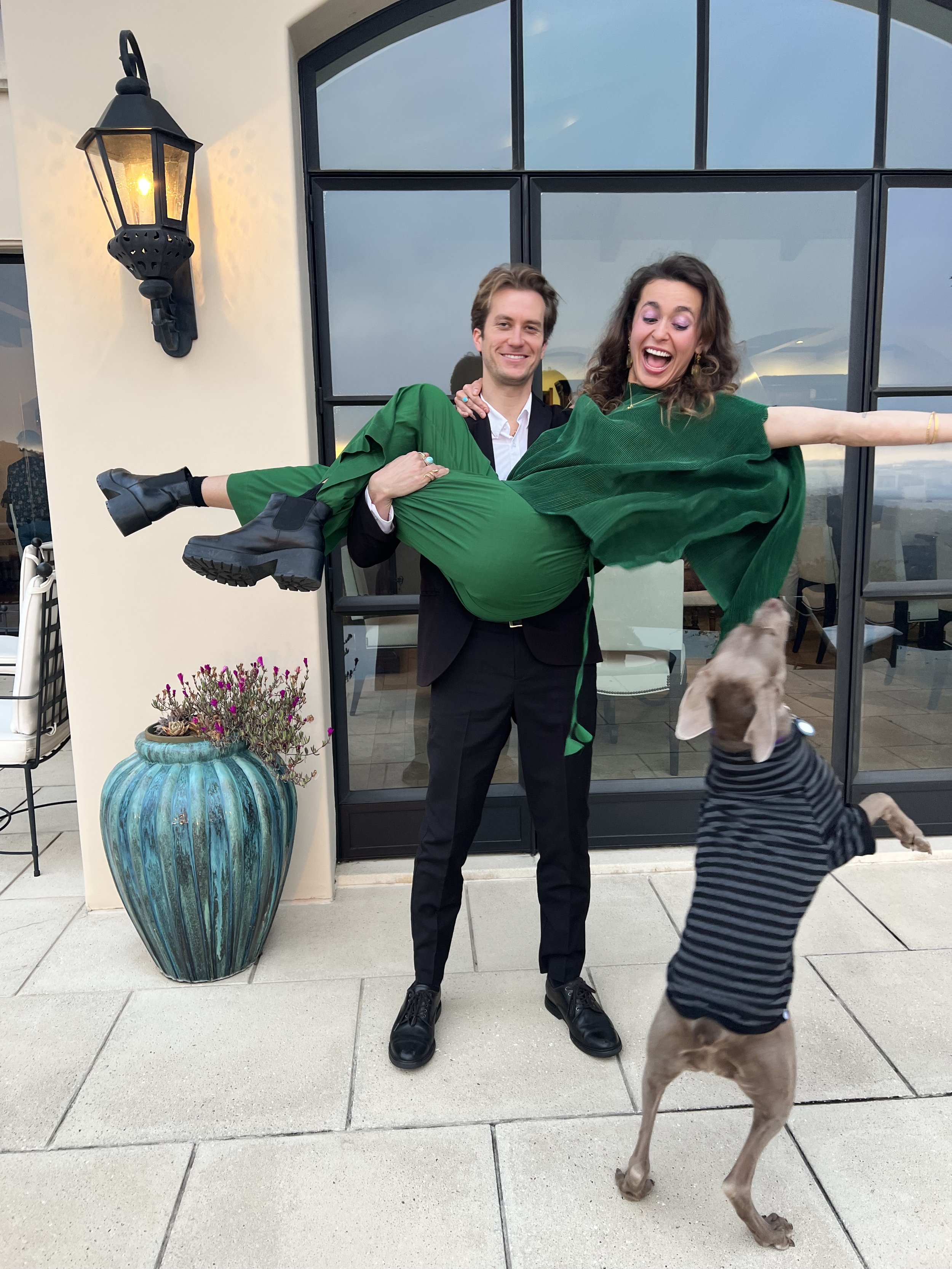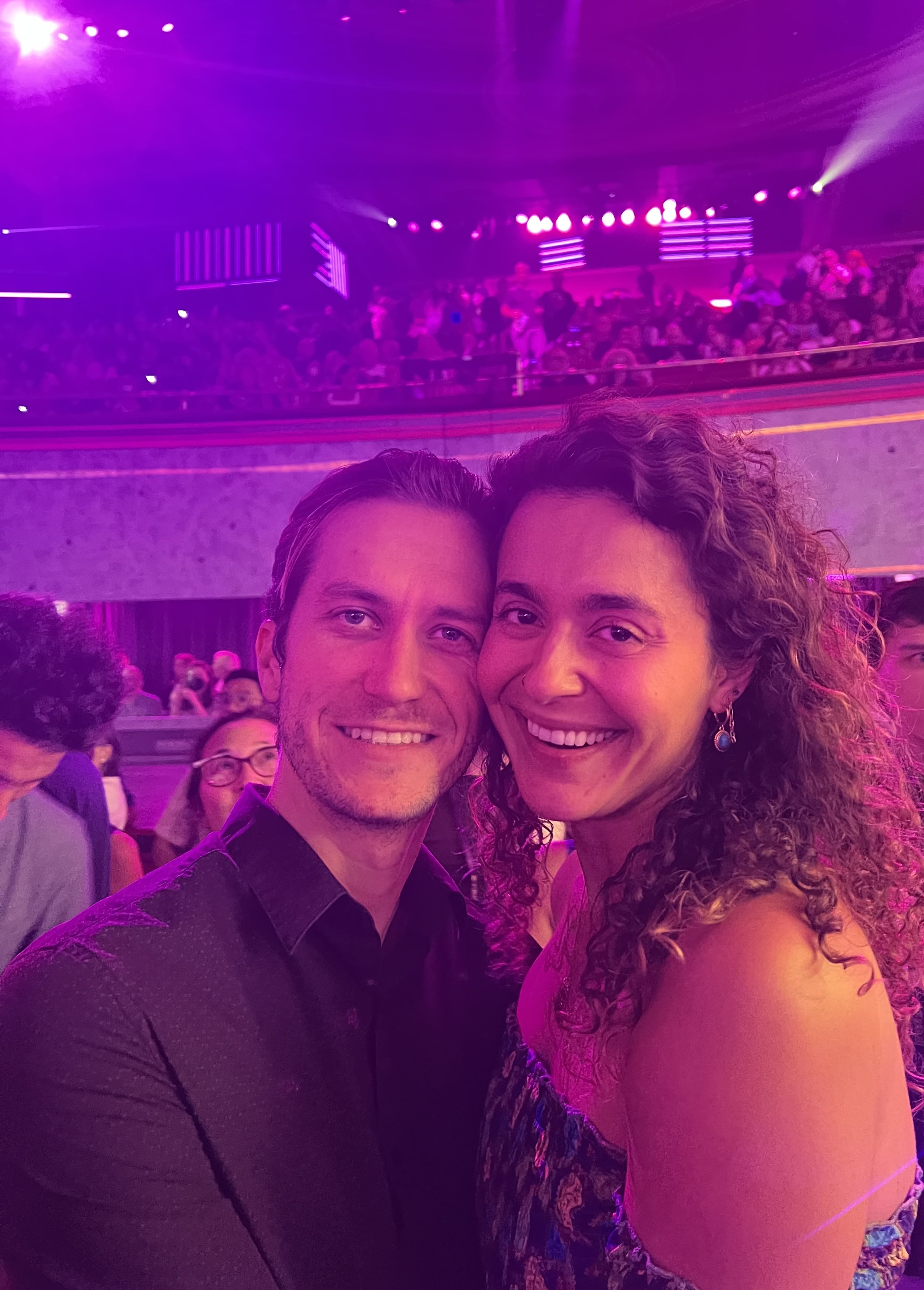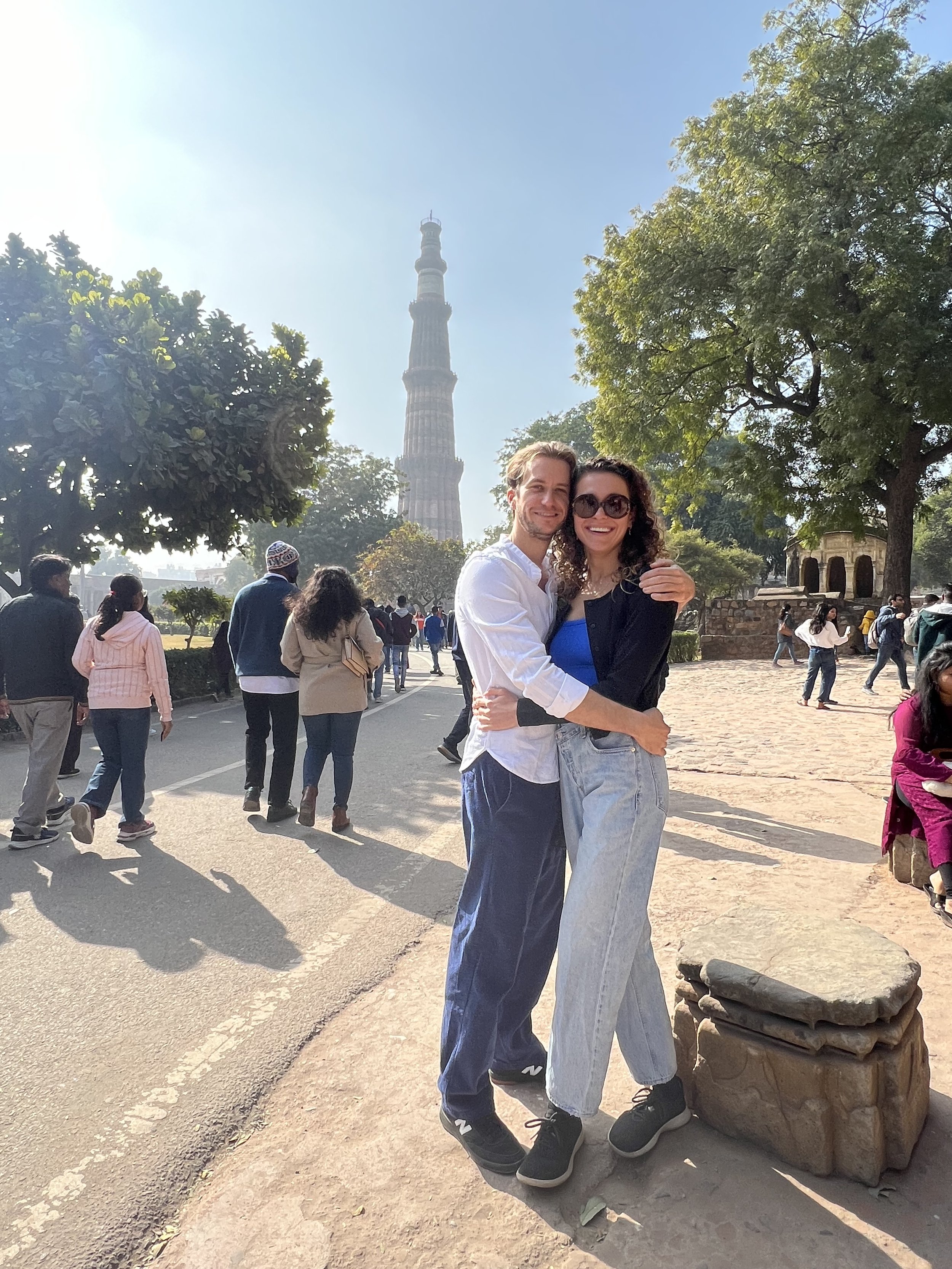
Wedding Event & Ceremony Details
A multi-day event, Indian weddings are a vibrant celebration of love. Each ceremony holds deep cultural significance – they are a joyous, fun-filled occasion.
The wedding will take place at Samode Palace, a luxuriously beautiful 475-year-old palace located amidst the Aravali range. A splendid example of regal Indo-Saracenic architecture, the Palace combines the best of Indian and Mughal styles.
We are hoping to arrive together, but if you arrive on your own, please plan to arrive by 1pm on October 22nd
Day 1 - Tuesday, October 22nd
Mehndi
Mehndi (henna) is applied on the hands and feet of the bride, to strengthen the bond of love. As per tradition, even the groom applies a bit of mehndi on his hands as well as feet as do family and friends of the Bride and Groom. Traditionally, somewhere within the intricate bridal mehndi, the groom’s initial is included.
The entire ceremony is a fun-filled colorful event with every family member and close friend of the bride and the groom applying mehndi. In many ways, mehndi brings families together to celebrate the couple before they tie the knot. The venue is decked with flowers and colorful drapes and the celebrations are mixed with the usual dancing and feasting.
Join in to get some intricate patterns made during this ceremony.
Suggested attire:
Festive, Colorful, Floral & Fabulous – Indian or Western
Easy, breezy, and colorful. The event takes place in the afternoon so it will be warm - we encourage you to wear clothes that will keep you feeling and looking cool.
Think dresses, skirts, kaftans for the ladies, and linen shirts, Bandi vest for the men.
Sangeet, Cocktails & Dinner
Get your feet tapping in this pre-wedding ceremony full of song, music, and dance. Sangeet means to ‘sing together’ and it’s the perfect occasion to let loose and party till late at night. The premise of the Sangeet is not only to rejoice but to bring together families and friends so that they get to know each other before the big wedding day.
Suggested attire:
Glitz & Glamour/Bollywood Chic
Think sparkles, sequins, jewel tones - this is the night to feel like royalty!
Should you wish to wear Indian attire, the more popular outfit types for this event are lehngas (sometimes called a ghagra choli) and anarkalis for women, and bandhgalas or sherwanis for men.
Day 2 - Wednesday, October 23rd
Haldi, Chooda & Kalira Ceremonies
Haldi is a pre-wedding ceremony. Friends and family playfully apply the bride and groom in a paste of turmeric, oil, and milk. It is believed that the haldi ceremony is done to prevent evil spirits from harming the to-be-wed couple.
Once everything is done, the relatives and friends of the groom tear off his clothes, to free him from bachelorhood and ward off any evil so he is ready to embark on a new journey as a married man.
Chooda is a set of 21 red and white traditional bangles, an integral part of the rich tapestry of Indian wedding customs and traditions. It is crafted with meticulous detail and infused with cultural significance. The bangles typically made of ivory, plastic or glass. Each bangle is a testament of the sacred bond of marriage. Paired with other traditional adornments like the kaliras and the mehndi, it completes the bridal look.
During the chooda ceremony, bangles are purified by milk (Kachi Lassi) and then the uncle puts it on the bride's arm. After that, the family members tie a sacred string called the gana. This serves to ward off bad spirits, and the husband opens it after the wedding rituals are done.
It is believed to be inauspicious if the bride sees her chooda before the wedding. Therefore, she closes her eyes when the chooda is being put and then it is covered with a cloth until the wedding.
Traditionally, the bride would wear a chooda for a full year. It is now normal for the bride to wear her chooda for a month and a quarter (40 days). As the chooda is made of fragile materials, Indian custom has it that the bride may refrain from heavy housework in her marital home to keep it intact for the 40 days!
Kaliras are ornamental adornments worn by an Indian bride and are sacred relics of tradition, symbol of unity and love and are tied with heartfelt wishes and blessings by loved ones to the bride. They are resplendent in their intricate designs and shimmering hues and are like cascading treasures adorning the wrists of the bride and beautifully sway with every movement, casting glimmers of light and whispers of tradition. These are tied to the bride’s chooda by her friends and sisters.
With ample laughter and fun, the bride shakes her kaliras over the heads of unmarried girls showering them with blessings. Legend has it, if a piece of the Kalira falls on a girl’s head, she will get married soon.
Suggested attire:
Traditional Indian wear, preferably in hues of yellow, to go with the auspicious color of turmeric.
THE WEDDING
The Wedding
Suggested attire: Indian Traditional
The Bride, Groom and their families will be wearing Indian attire for the ceremony. You are welcome to wear Indian attire or western formal.
Should you wish to wear Indian attire, the more popular types of outfits for this event are sarees and lehngas for women, and sherwanis for men.
Safa Draping:
After all the family and friends get dressed, they gather in a ceremony where the male members get a safa (headgear) tied. The bride's side wears one color while the groom’s side another.
In Indian weddings, the safa holds particular significance as an integral part of the groom’s attire. Adorned with ornate embellishments, the groom’s safa adds a touch of splendour and elegance to the wedding festivities. It evokes a sense of pride and dignity to the wearer symbolising tradition, unity, and a spirit of celebration.
Baraat:
Baraat is one of the most fun-filled traditions in the wedding ceremony. It is a procession, which starts from the house of the groom, towards the wedding venue. The groom is seated on a decorated elephant and is accompanied by family members, groomsmen, and friends known as Baraatis who dance throughout the journey.
The mother of the bride then applies tilak on the groom's forehead and performs aarti to ward off any evil. The milni follows, in which garlands are exchanged between the families. After this, the groom waits for the bride who comes under a canopy of flowers accompanied by her brother. The bride and groom meet for the Varmala / Jaimala (exchange of garlands).
Wedding Ceremony:
The wedding ceremony is performed at the mandap, the four-pillar altar, where the actual nuptials are conducted in the presence of fire.
After the couple exchange garlands, they take their seats at the Mandap to start the wedding ceremony, which is a Vedic Yajna ritual conducted by a Pandit (priest). The couple takes seven full circles, walking clockwise around the Agni (fire), representing the seven principles and promises they make to each other; each step is referred to as a ‘Phere’ (one circle).
Vidai:
Vidai marks the completion of the wedding ceremony. It is a farewell ritual as the daughter leaves her marital home. With this they also bless her for a happy married life. The father of the bride takes her to the car and gives her to the groom.
Reception Dinner:
Feast and celebrate the love!
Saturday, October 26th
New Delhi Reception - hosted by Mr. Om Bhutani
Those who plan to stay in India for the days following the wedding are invited to join for a special celebration hosted by Lane’s Dada (Grandfather), Om Bhutani!
Saturday, October 26th at 7pm — The Delhi Gymkhana Club (2, Safdarjung Road)
